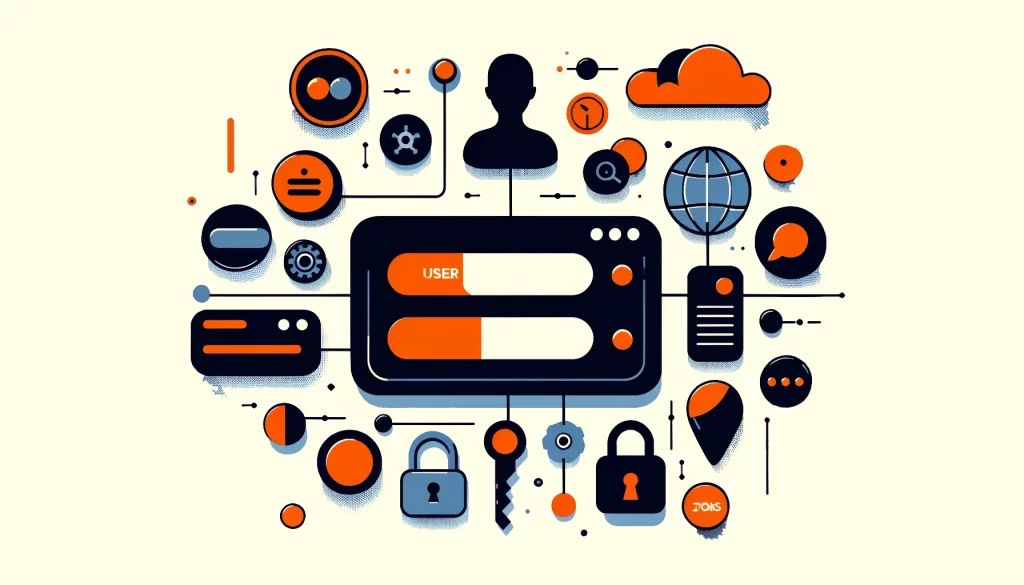
MySQL Authentication

Introduction
Managing databases requires prioritizing the security of your data above all else. This is where MySQL authentication comes into play. MySQL is a common free database system that helps protect your data from unauthorized access. This article will look at the various ways to authenticate in MySQL and share tips for keeping your database secure.
The Importance of MySQL Authentication
Imagine you’ve invested significant time and effort in building a database that contains sensitive information vital to your organization. Now, consider the consequences if unauthorized individuals gain access to that data. The potential damage to your company’s reputation and financial stability could be devastating.
Authentication is the process of verifying the identity of a user or system attempting to access your database. By using strong authentication, you can ensure that only trusted users can access your MySQL server. This helps to decrease the likelihood of data breaches and unauthorized changes.
MySQL Authentication Methods
MySQL offers a range of authentication methods to accommodate different security requirements and deployment scenarios. Let’s dive into some of the most commonly used authentication techniques.
Native Authentication
Native authentication is the default method in MySQL. It involves storing user credentials directly in the MySQL database. MySQL checks if the username and password match the ones stored in mysql.user when a user tries to connect.
Example:
sql
CREATE USER 'john'@'localhost' IDENTIFIED BY 'secretpassword';
In this example, we create a new user named “john” with the password “secretpassword”. MySQL securely stores the password hash in the mysql.user table.
SHA-256 Authentication
In MySQL 8.0, the default authentication plugin is caching_sha2_password. It uses SHA-256 hashing for password storage and encryption during authentication. This method provides enhanced security compared to the older mysql_native_password plugin.
Example:
sql
ALTER USER 'john'@'localhost' IDENTIFIED WITH caching_sha2_password BY 'newsecretpassword';
Here, we change the authentication plugin for the user “john” to caching_sha2_password and update the password to “newsecretpassword”.
LDAP Authentication
MySQL supports external authentication using LDAP (Lightweight Directory Access Protocol). This allows you to delegate user authentication to an LDAP directory service, such as Active Directory. LDAP is useful when you want to integrate MySQL with existing user management systems.
Example:
sql
INSTALL PLUGIN authentication_ldap_simple SONAME 'authentication_ldap_simple.so'; CREATE USER 'sarah'@'localhost' IDENTIFIED WITH authentication_ldap_simple AS 'cn=sarah,ou=users,dc=example,dc=com';
In this example, we set up the LDAP authentication plugin and make a user named “sarah” with login details in LDAP.
Kerberos Authentication
MySQL also supports Kerberos authentication, which is a network authentication protocol that provides secure authentication and single sign-on capabilities. With Kerberos authentication, users can authenticate to MySQL using their Kerberos credentials.
Example:
sql
INSTALL PLUGIN authentication_kerberos SONAME 'authentication_kerberos.so'; CREATE USER 'mike'@'localhost' IDENTIFIED WITH authentication_kerberos;
Here, we install the Kerberos authentication plugin and create a user “mike” who will authenticate using Kerberos.
PAM Authentication
MySQL supports authentication using PAM (Pluggable Authentication Modules). PAM is a framework that allows you to connect with various methods of logging in. These methods include system login details and custom authentication modules.
Example:
sql
INSTALL PLUGIN authentication_pam SONAME 'authentication_pam.so'; CREATE USER 'lisa'@'localhost' IDENTIFIED WITH authentication_pam;
In this example, we are setting up PAM authentication. We are also creating a user named “lisa”. “Lisa” will employ PAM to log in.
Best Practices for Securing MySQL Authentication
Choose the right authentication method and follow best practices to improve the security of your MySQL authentication process.
- Use Strong Passwords: Enforce the use of strong, complex passwords for all user accounts. Implement password policies that require a minimum length, a mix of uppercase and lowercase letters, numbers, and special characters.
- Limit Access Privileges: Apply the principle of least privilege when granting user permissions. Only give users the necessary privileges they require to perform their tasks and regularly review and adjust user privileges.
- Enable SSL/TLS Encryption: Protect the communication between clients and the MySQL server by enabling SSL/TLS encryption. This ensures that sensitive data, including user credentials, securely transmits over the network.
- Monitor and Audit Access: Implement monitoring and auditing mechanisms to track user activity and detect suspicious behavior. MySQL offers different logging options like the general query log and audit log to help detect possible security breaches.
Example:
sql
ALTER USER 'john'@'localhost' REQUIRE SSL;
This statement modifies the user “john” to require SSL/TLS encryption for all connections.
Example:
sql
SET GLOBAL audit_log_policy=ALL; SET GLOBAL audit_log_format=JSON; SET GLOBAL audit_log_encryption=AES;
These statements turn on the audit log, change the log format to JSON, and encrypt the log using AES.
Conclusion
Securing your MySQL database through effective authentication is crucial to protect your sensitive data from unauthorized access. By understanding the different authentication methods available in MySQL and implementing best practices, you can significantly enhance the security of your database.
